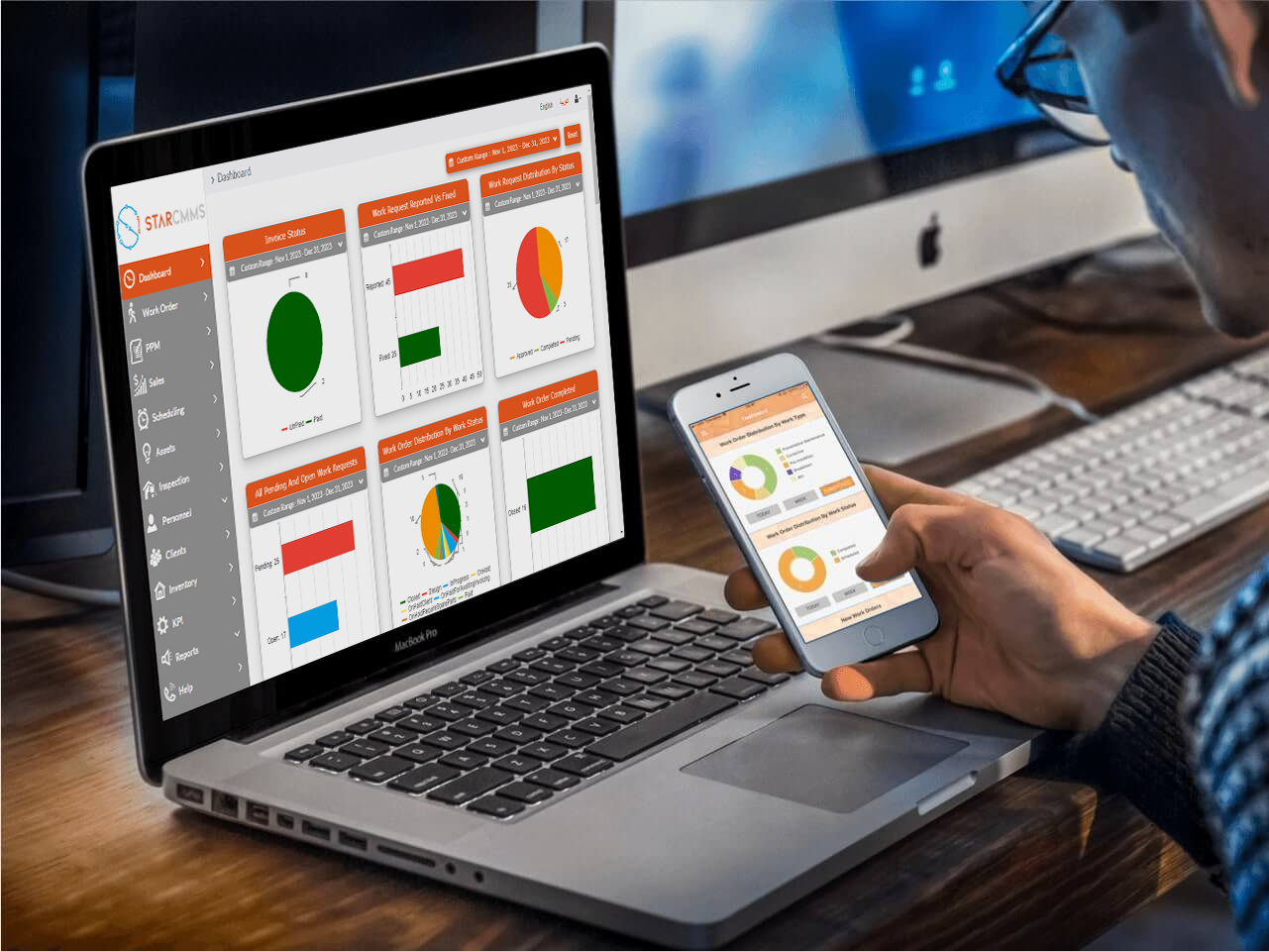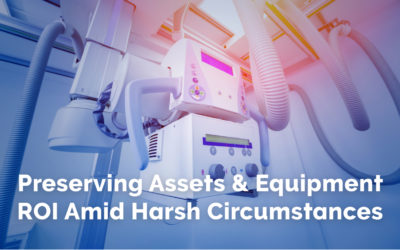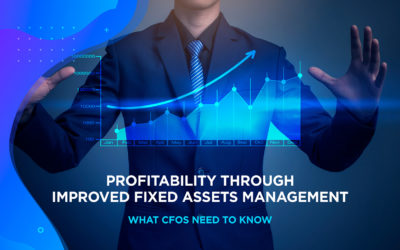Facility Managers are responsible for what is typically the second largest asset and expense for most organizations – the buildings. Additionally, they have a direct impact on the productivity of the number one asset – its people. Yet, many facility managers do such without being properly equipped. One of the most, if not the most, important tool for a facility management program is a Computerized Maintenance Management System (CMMS). The CMMS is the nervous system for a facility organization. It acts as the repository for building and equipment information and history, it assists in the management of various aspects of a facility program, and it is invaluable in assembling performance and budget data. Without a CMMS, most facility teams tend to be reactionary – essentially flying by their seat of their pants, which is very costly, unpredictable, and quite frankly a poor representation of the facility team and their skill sets. A CMMS can equip a facility manager with the necessary data to drive value-added, business decisions that resonate with the C-suite and communicates value to the other department managers; thus, a CMMS is A Necessary Business Tool for Today’s Facility Manager. Below are some of the key functions for which a CMMS can be utilized to better the facility management program:
Maintain Equipment Information – such as equipment operational & cost history, criticality/priority, specifications & service data, and relevant documents (e.g. service reports, O&M Manuals, drawings, installation documents, commissioning reports, calibration certificates, etc.)
Communicate System Hierarchy & Relationships – for example, associating equipment with processes or areas served and not just their geographic location
Establish & Store Maintenance Standards and Practices – including maintenance job tasking or plans and Maintenance Operating Procedures (MOPs)
Schedule Work Orders – providing opportunities to load level staff, coordinate seasonal activities, and project staffing needs
Conduit for Service Requests – provide a means for customers to submit and track service requests
Prioritize & Dispatch Work Orders – one of the most critical tasks in managing work order completion and staff utilization is effectively prioritizing & dispatching work; additionally, this provides an opportunity to communicate status of service to the Requester
Manage Work Orders Through Completion – most CMMS provide a means to track the progress of work orders and report on their status, timeliness, etc.
Document Important Work Order Information – it is imperative that a CMMS capture the costs associated with doing the work, such as labor hours and material used; additionally, failure codes, service types, and field notes should be documented in the work order
Provide Closure to Requesters – completion of a service request related work order should initiate an automatic e-mail to the Requester informing them that the work has been completed
Solicit Customer Feedback – as a service organization, facility managers are managing to the client’s perception; thus a facility manager must solicit feedback and track performance against the client’s perception
Facility Condition Assessments – schedule and document facility conditions, which are a necessary component of a Capital Renewal Program
Capital Renewal Program – a CMMS can be leveraged to implement a Capital Renewal Program by capturing and reporting system/equipment age, condition, replacement cost, and life expectancy
Analysis of KPIs – facility program efficiency and effectiveness can be monitored and improved through the use of data captured in the CMMS and reported as Key Performance Indicators (KPIs)
While many of the above functions involve daily operations, the data collected in these functions will be utilized by the facility manager at a more strategic level to discern program and team performance and to identify opportunities for improvement. With scheduled maintenance in place and a solid history of equipment performance and failure costs, an accurate operations budget can be more readily generated from the CMMS. Using a zero-based budgeting approach, leveraging data gathered from the CMMS, the facility manager can discuss the cost-of-service levels with upper management during budgeting time; thus, equipping the facility manager for negotiating budget, service expectations, and staffing requirements. Additionally, the capital budget and a respective 3/5/10-year plan(s) can be extracted from the CMMS, allowing the facility manager to put forward clear business justification for capital improvements and replacements. The consequences of deferring maintenance and capital expenditures can be shown to management further bolstering the facility manager’s case. Lastly, the tracking & reporting of facility program performance data can be and should be shared with management and stakeholders. The data can be posted publicly, promoting the value of the facility department to the entire organization. A manager’s ability to monitor performance, drive business decisions, and justify programs will be limited by the data they have available to them. Thus, a CMMS is a required business tool for any facility organization. There are many simple, low-cost CMMS solutions available that are relatively easy to implement, especially with the right help.





0 Comments